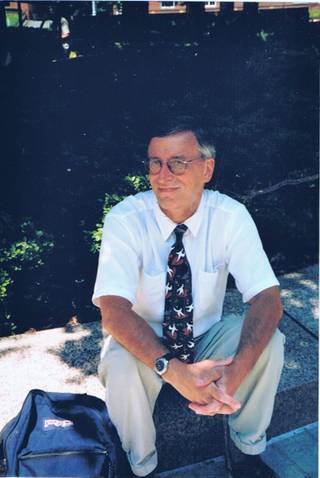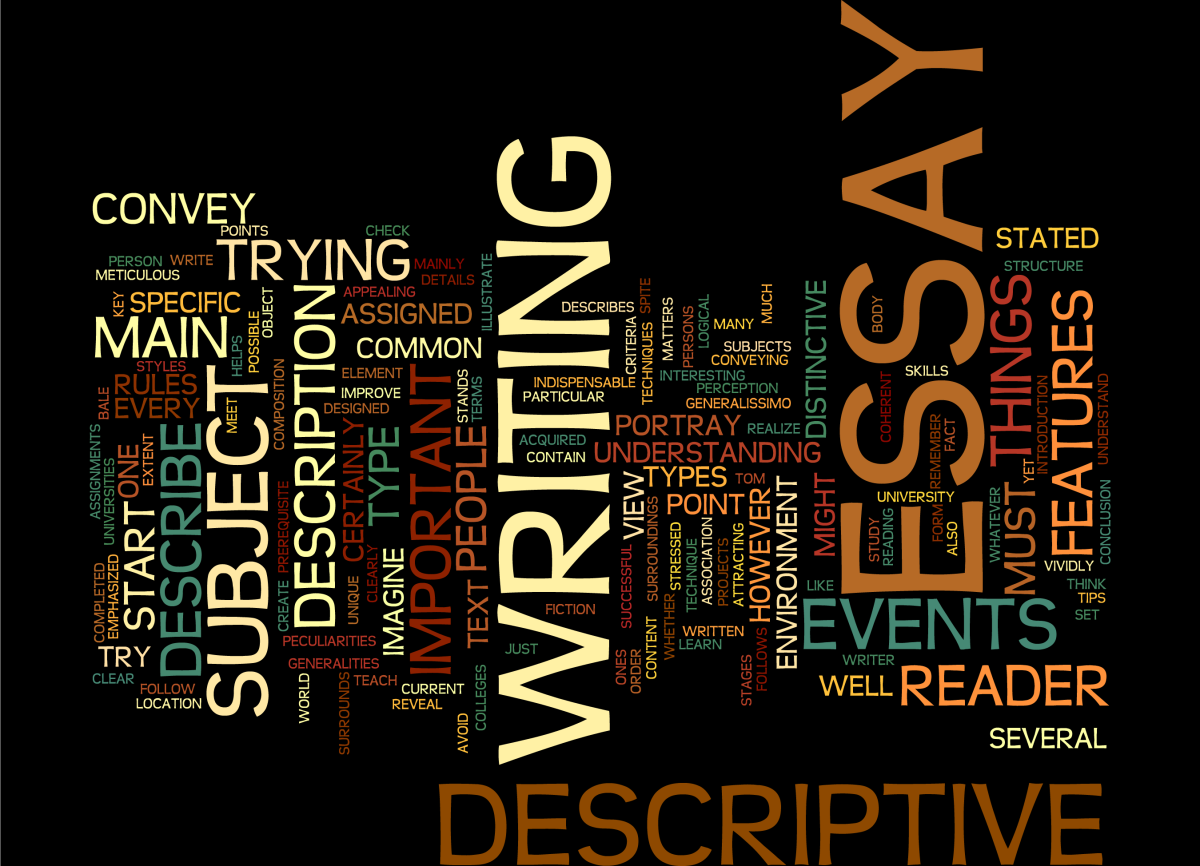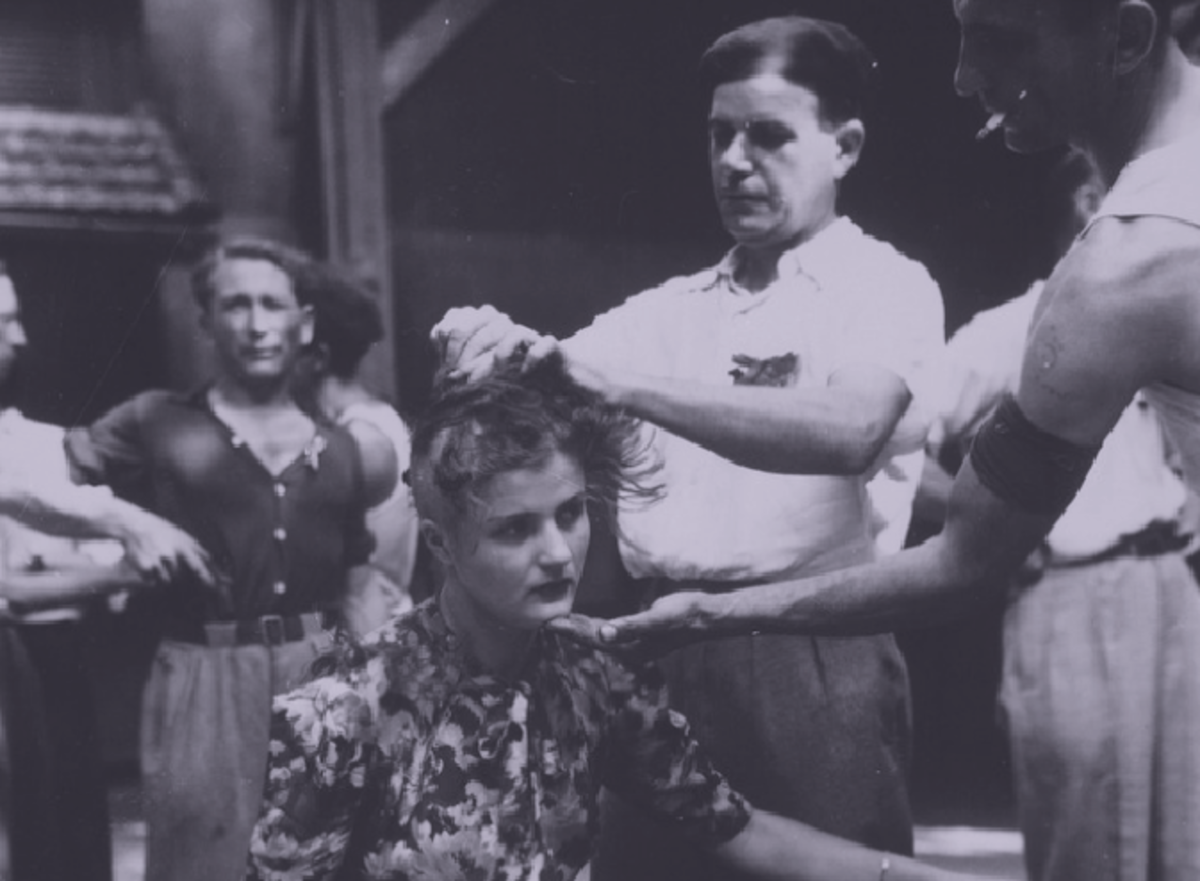How To Write Nonfiction Using Fiction Techniques
Can You Write an Interesting Nonfiction “story”
“To me, the greatest pleasure of writing is not what it's about, but the inner music that words make.”
Back in 1990 I read a Civil War trilogy written by Bruce Catton. It was an eye-opening experience for me.
Here were three books that were essentially history books, but they were written like novels. It was fascinating….it was exhilarating….and yes, it was liberating.
Since that time, of course, I have read many more books similarly written….”In Cold Blood” by Truman Capote…..”The Stranger Beside Me” by Ann Rule….and I have become interested in some common elements that they all share.
Nonfiction does not have to be boring. It does not have to be mundane or dry or lifeless. In the hands of a good writer, nonfiction can be every bit as spell-binding as fiction, but it won’t happen unless the writer takes care of the following elements.

Develop Characters
Perhaps no other element is as important as characterization. In fiction, the writer must bring to life fictional characters. In nonfiction, the writer must bring to life real people. In other words, in fiction, characters are real people; in nonfiction, real people are characters.
Readers want to relate to characters. Readers want to relate to real people. It is your job as a writer to see that this happens. Describe the physical characteristics of the people in your book or story; describe their mannerisms; give them specific speech patterns; and give them background and history.

Make Dialogue Come Alive
There is a purpose to dialogue, whether it be in fiction or nonfiction. Dialogue is never used as just a filler. Dialogue is a way to reveal personality. Dialogue can provide tension or provide humor. Dialogue is the engine that moves the story along, and dialogue protects the reader from the monotony of the narrator’s voice.
I like to think of dialogue as the icing on a cake.
If you are interviewing someone rather than writing historical fiction like Catton’s books, then dialogue cannot be invented, but it can lend quality through a good selection process. This means that the chronology of words said is not as important as how those words can be mixed and matched to provide the best dramatic context.
- A Character Description Writing Exercise
Follow along as I tell you my thought process when describing characters for a story or novel.
Develop Conflict and Plot
When writing about true events, the writer cannot make up plot. Plot is determined by what actually happened; a writer cannot decide to randomly change the truth so that his/her story is more interesting…..but…..there is conflict in most real-life events, and a good writer will bring that conflict to the limelight so that it drives the story along and gets the reader to invest emotions.
Find the conflict in your true story. What caused what and what are the effects; good vs evil; man vs nature; Democrats vs Republicans; and Big Business vs The Little Guy; this internal conflict, if presented well, will keep your readers interested and eager to find out more.
I am a big Henry David Thoreau fan, and “Walden” was his most famous nonfiction writing. Where is the conflict in “Walden?” How about civilization vs nature? How about the Tame vs the Wild? Now if I can find conflict in “Walden,” surely you can find it in your nonfiction story.
Don’t Forget Emotion
Never….Never….forget about emotions when writing nonfiction. Readers are real people; the people you are writing about in nonfiction are real people. Use this fact to capture the emotions of your readers. We all share common emotions, and that fact is crucial when writing any piece, whether it be nonfiction or fiction.
Think of it this way: if you were interested enough in a person or event to write about it, then share with your readers the elements that you found fascinating. Put another way, don’t just tell them but show them.
Remember that emotions stem from our senses. Tell your nonfiction story using the five senses so that it will appeal to your readers. Find the common denominator that we all can understand; if you do this, then even writing about the inventor of some technological wonder that is hard to understand will still be interesting.

And Finally, Voice
An ordinary story becomes an extraordinary story because of the writer’s voice. Anyone can relate facts, but not everyone can relate those facts in an interesting manner that will capture the imagination of the reader.
Nonfiction becomes Art because of the way you tell it. Your attitudes towards the subject; your observances; and your perspective; all will determine whether your story about a famous chef is delicious or bland. Ten writers can write about the invention of the microchip, but only one or two of them will write that story in such a way that will capture the imagination of a reader….the determining factor is voice.
Now a Challenge for You
So many of my writer friends have written nonfiction; so many have written articles about local personalities or national celebrities; I would like to issue a challenge to those of you who have done so.
Go back to your previous articles….pick one at random….and re-write it using some of these techniques. Drop the boring approach and make your nonfiction come alive.
If you have not written nonfiction before, now is the time to try it. Choose a topic you know something about and you can get excited about….maybe something that happened in your life….and breathe new life into that story. Find the conflict; play to the emotions; add your voice; and make it as real to your readers as it was to you.
Is Any Of This Helpful To You?
And That’s All There Is to It
I am being facetious of course. This is not easy. Perhaps that is why so few writers do it well.
I was laughing the other day because one of my readers stated that recipe writers will start thinking that I don’t like them because I am always picking on them. Really I am not picking on them; I simply want them to succeed by going the extra mile to make their recipe articles truly memorable.
The same is true with nonfiction writing. Any nimrod can relate the facts about an event, but what makes that event fascinating is a good writer who paid attention to the small details and who brought to life the story in general.
That is what I want from all of you; I want you to write nonfiction that will curl my toes and make me happy that I took the time to read your work. Really, now, isn’t that what all of you should want too?
2014 William D. Holland (aka billybuc)
“Helping writers to spread their wings and fly.”











